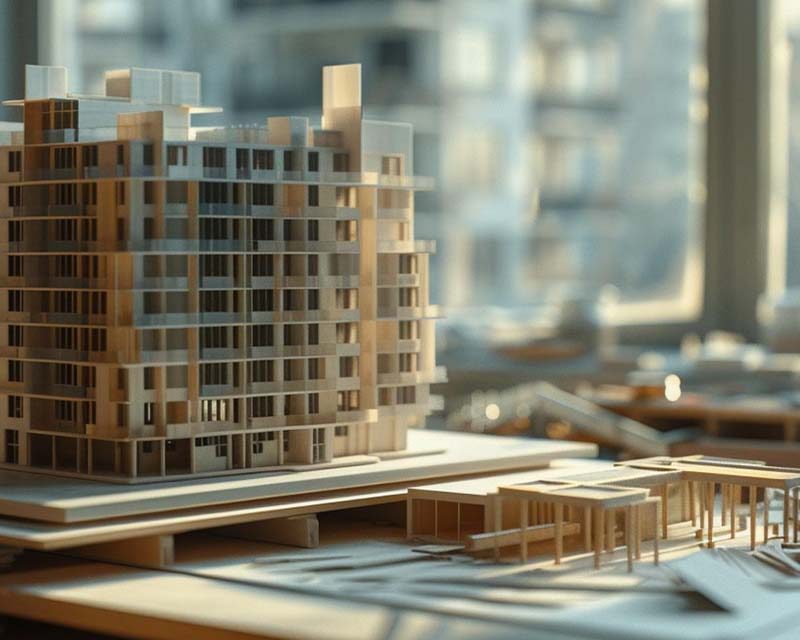Introduction
In the dynamic world of construction, Building Information Modeling (BIM) stands as a transformative force. It’s not just a digital blueprint; it’s a holistic approach that reshapes how we conceive, design, and construct buildings. Let’s explore why BIM matters and how it revolutionizes the industry.
Exploring the BIM Process
- Planning and Design
BIM begins with meticulous planning. Architects, engineers, and stakeholders collaborate to create a virtual model that encompasses every aspect of the project. From structural elements to HVAC systems, BIM captures it all. This collaborative process ensures early detection of clashes, streamlining the design phase.
- Construction Simulation
BIM extends beyond static drawings. It simulates the entire construction process. Imagine virtually erecting walls, pouring concrete, and installing electrical systems before breaking ground. This simulation minimizes surprises on-site, reduces rework, and enhances safety.
- Real-Time Collaboration
BIM fosters seamless collaboration. All stakeholders access a shared model, updating it in real time. Architects tweak designs, contractors track progress, and facility managers plan maintenance—all within the same digital ecosystem. This synergy improves communication and decision-making.
Real-World BIM Success Stories
- The Shard, London
The iconic Shard skyscraper used BIM extensively. Its intricate glass façade, structural steelwork, and MEP systems were meticulously modeled. The result? Efficient construction, reduced waste, and a stunning addition to London’s skyline.
- Denver International Airport Expansion
BIM played a pivotal role in expanding Denver’s airport. The team visualized baggage handling systems, terminal layouts, and runway alignments. The result? A smoothly executed expansion, minimizing disruptions to travelers.
Benefits of BIM
- Clash Detection and Risk Mitigation
BIM acts as a vigilant sentinel during construction. It identifies clashes—where different building elements intersect—before they become costly on-site surprises. Imagine detecting clashes between plumbing pipes and structural beams before the concrete is poured. BIM minimizes rework, reduces delays, and enhances safety.
- Sustainability Insights
BIM isn’t just about walls and windows; it’s about sustainability. By simulating energy consumption, daylighting, and material choices, BIM helps architects and engineers design eco-friendly buildings. Whether it’s optimizing insulation or choosing energy-efficient HVAC systems, BIM contributes to a greener planet.
- Facility Management Efficiency
Once the building stands tall, BIM continues its service. Facility managers access the BIM model for maintenance schedules, equipment tracking, and energy performance analysis. Imagine knowing exactly when to replace an aging HVAC unit or when to inspect fire safety systems—all thanks to BIM.
Conclusion: BIM—Your Construction Ally
As we construct the future, let’s embrace BIM. It’s not just a blueprint; it’s a dynamic companion—a digital twin that guides us from inception to facility management. From skyscrapers to community centers, BIM ensures that our structures stand strong, our budgets stay sane, and our planet thrives.






